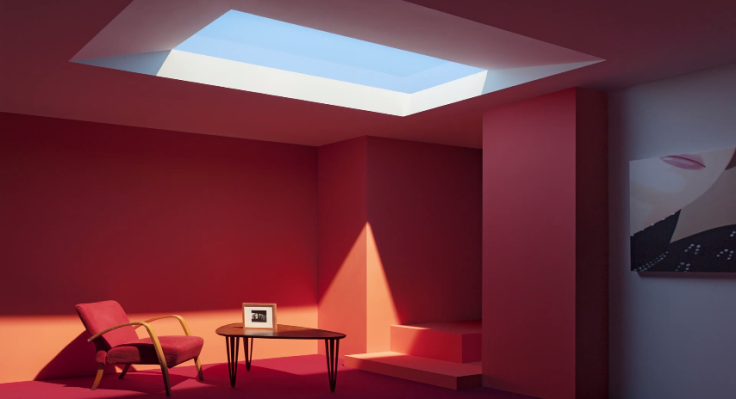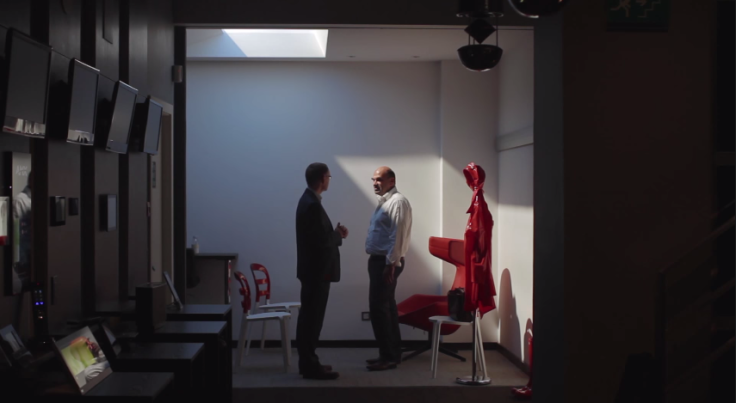CoeLux Artificial Skylight Wards Off Seasonal Affective Disorder And Stress

The doldrums of winter can be a downer for most people but a gateway to depression for others. A new piece of technology hopes to change that. And it gets installed right on your ceiling.
CoeLux, a company born out of several minds from the University of Insubria, in Italy, is an artificial skylight designed to mimic the calming glow of the sun. While CoeLux may not be the first product to mimic the sun’s soft rays — Bright Blinds do the same job, just on your walls, and HappyLight has been around for years — the application seems to be the most sophisticated, not to mention robust. CoeLux has plans to install their skylight in homes, hospitals, and pretty much anywhere people carry stress.
One of the main conditions CoeLux hopes to treat is seasonal affective disorder, or SAD. Each year, some 10 million Americans, mostly women, find themselves sinking into a heavy malaise during the wintertime. CoeLux hopes its LED bulbs, which create the illusion of infinitely tall, bright blue skies, will help trick the brains of people with SAD, ridding them of their blues. CEO and Founder and Associate Professor of Optics and Experimental Physics, Paolo Di Trapani, says the results of a clinical trial will be “published soon in a scientific journal” and “already provide clear evidence of the unique positive impact of the technology on comfort and well-being.”

“Besides SAD,” Trapani told Medical Daily, “we see plenty of possible applications of CoeLux in hospitals.” Diagnostic and radiotherapy departments tend to be located in hospital basements, he explains, and surgeons don’t always have access to natural light when performing operations. These are crucial opportunities to introduce the technology. “Naturally, CoeLux is foreseen to improve the quality of the overall treatment, with respect to comfort and [relaxation], with benefit both for the patient and the hospital.”
The science behind artificial sunlight seems to say it works. Unlike the backlit screens of laptops and smartphones, which reverse our circadian rhythms and keep us awake at night, products like CoeLux strive to sync with the natural patterns of daylight and darkness. Some technology can even mimic the entire rise and fall of the sun over the course of 24 hours. Scientists studying light therapy have found the body’s natural “circadian pacemaker,” a structure called the suprachiasmatic nucleus, helps keep cortisol levels low and melatonin stable. Together, these hormone balances help keep you stress-free and sleeping soundly.
Speaking to The New York Times, Dr. Ritsaert Lieverse, a psychiatrist from the VU University Medical Center in Amsterdam, who works extensively with light therapy, says even the general population can benefit from the technology. “Light therapy is now evolving as an effective depression treatment not only to be used in seasonal affective disorder.”
Published by Medicaldaily.com



























